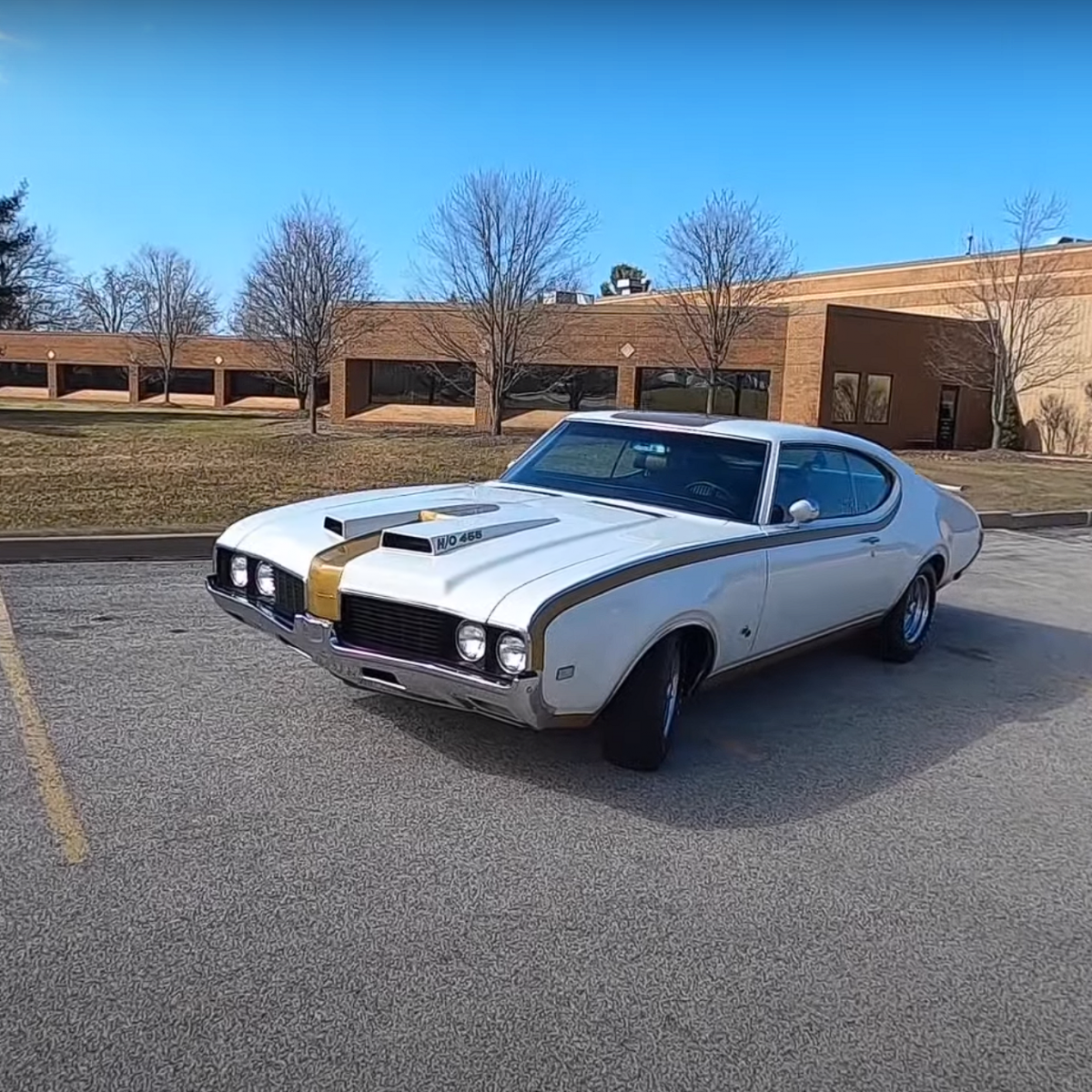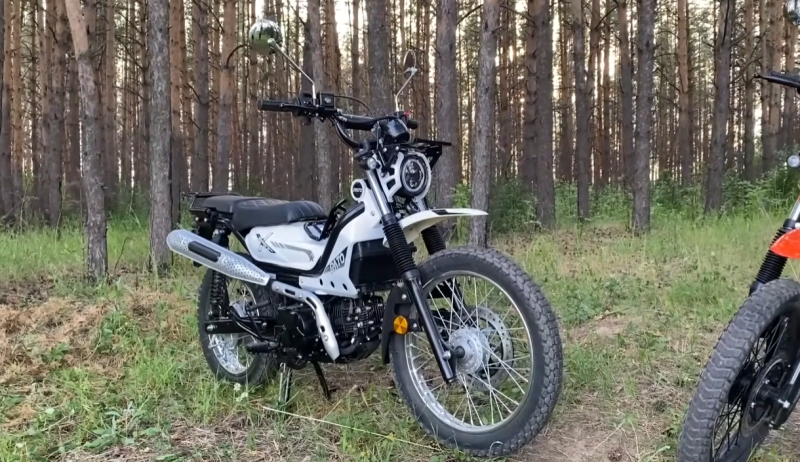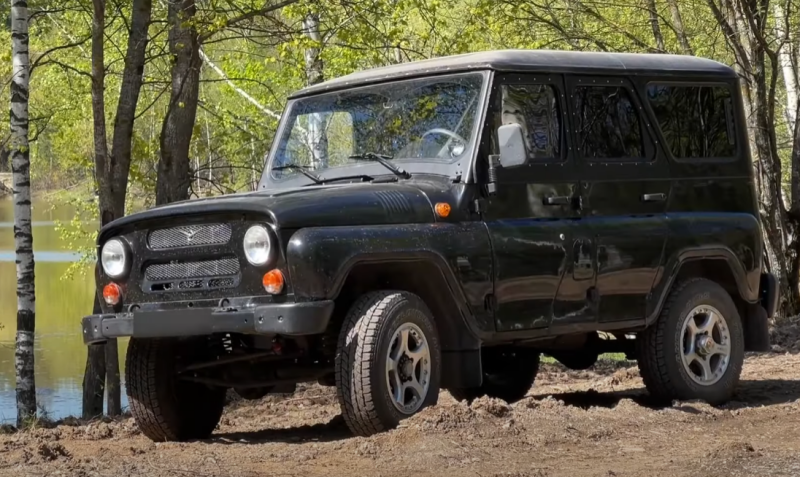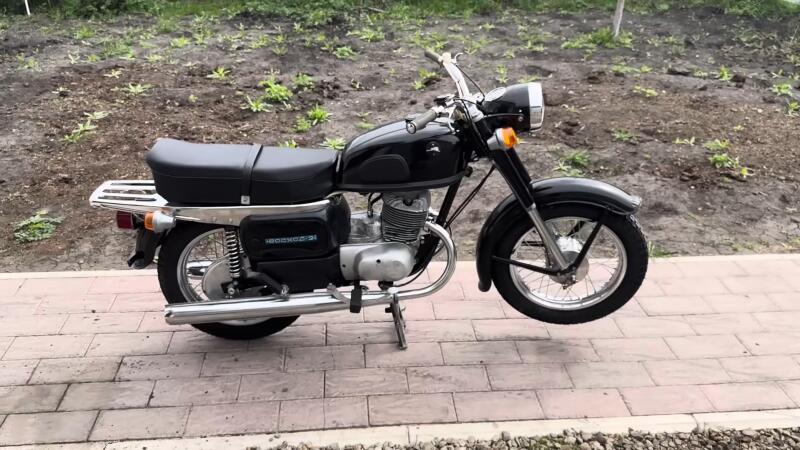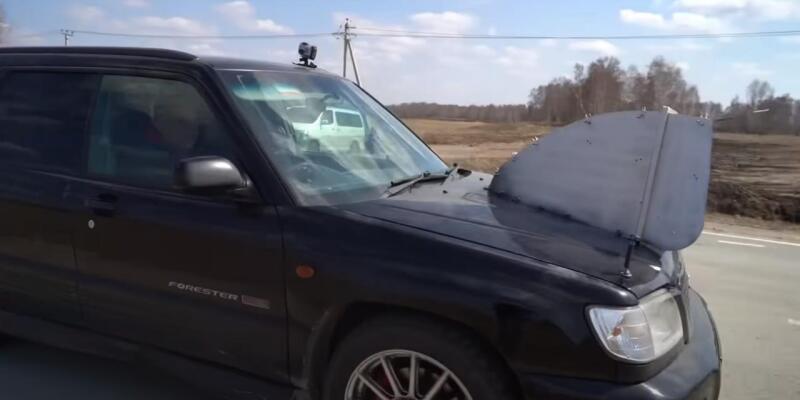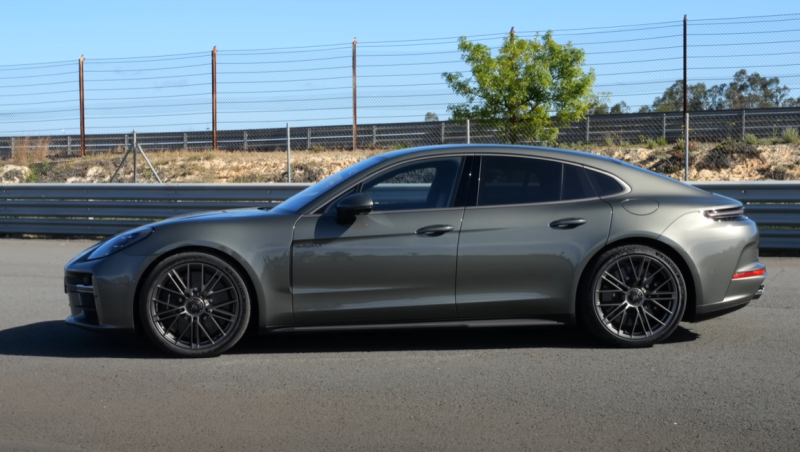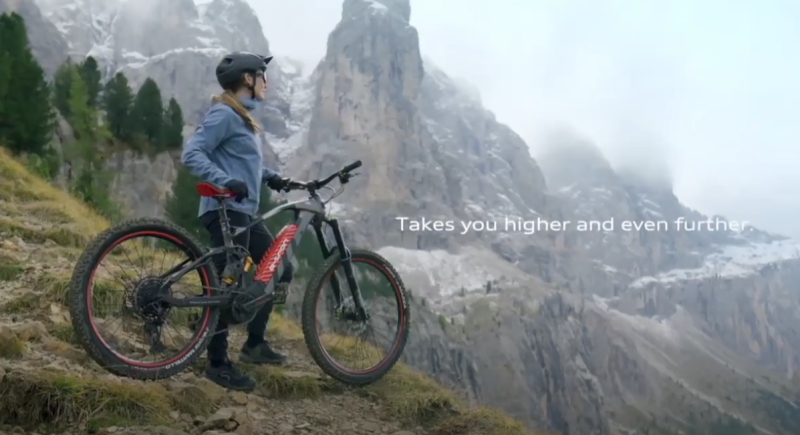The fact is that in the late sixties, cars appeared on American roads that got the opportunity to manually shift gears in the already familiar automatic transmission. Yes - in the likeness of "tiptronic". And - yes, this decision actually came from the world of dragsters. Interested? Then read on!
Hurst plus Olds equals…
George Hurst's company produced tuning parts for both original equipment on the factory assembly line and for the aftermarket. But first of all, Hurst became famous for their gearboxes, which instantly became a sign of coolness and completely ousted manual transmissions from the minds of American fast driving enthusiasts.
 Hurst/Olds 1969. It differed from the first modification in the color scheme, the air intake on the hood and the spoiler on the trunk lid. Photo: Youtube.com
Hurst/Olds 1969. It differed from the first modification in the color scheme, the air intake on the hood and the spoiler on the trunk lid. Photo: Youtube.comHurst's relationship with the Oldsmobile brand became the longest and most fruitful: Hurst Performance produced not only parts for Olds, but also a series of special models.
Policy Violation
By the end of the sixties, the image of Oldsmobile as a youth and avant-garde brand of General Motors was shaken. Even rebranding to Youngmobile (from the English Old - old and Young - young) did not help: customers flowed to Chevrolet and Pontiac. Naturally, Oldsmobile wanted to turn the tide in their favor by giving young buyers the opportunity to purchase a powerful charged coupe. But Oldsmobile had nothing that could withstand such "monsters" as the Hemi-powered Dodge Charger, or the Chevrolet Chevelle SS! So, as a result of cooperation with George Hurst, Hurst / Olds was born, based on the 4-4-2 model.
 Even when not in the best of shape, the Hurst/Olds easily move away from the Pontiac Firebird Trans Am. Photo: Youtube.com
Even when not in the best of shape, the Hurst/Olds easily move away from the Pontiac Firebird Trans Am. Photo: Youtube.comCuriously, Hurst initially turned to Pontiac, the division responsible for General Motors' sports division. George Hirst proposed to produce a special model based on the Firebird, equipped with a Big Block engine.
It was no secret that Pontiac management was annoyed by GM's corporate policy of restricting engine size in mid-size cars, that is, muscle cars. Under no circumstances could any brand of the concern install an engine larger than the one that was installed on the Corvette! At Hurst's suggestion, Pontiac would hand over non-powered Firebird cars to Hurst Performance to install the 8-litre Big Block VXNUMX engines, after which the cars would be sent to Pontiac dealers! A sort of elegant way to get around internal corporate rules.
 This is how the 7.5 liter 400 hp Rocket 455 V8 looks like. Photo: Youtube.com
This is how the 7.5 liter 400 hp Rocket 455 V8 looks like. Photo: Youtube.comBut because of the position of Chevrolet, who tried by all means to protect the Camaro model from competition, Hurst Performance was refused by the top management of General Motors. Fortunately, George Hurst did not give up and made a similar offer to Oldsmobile - after all, they did not have a direct competitor to the Camaro in the lineup! In 1968, with the ink on the contract barely dry, America saw a monster: the Hurst/Olds, based on the Cutlass 4-4-2 coupe.
Under the hood, instead of a “small” 6.6-liter V8, they “stuffed” a 7.5-liter unit, which blatantly challenged the corporate policy of General Motors to limit the working volume! But from a legal point of view, the leadership of the department had nothing to do with it: "this is Mr. Hurst's tricks."
 Salon Hurst / Olds sample 1968. Photo: Youtube.com
Salon Hurst / Olds sample 1968. Photo: Youtube.com Two performance packages were offered for Hurst/Olds: W-46 and W-45. And although both provided 390 horsepower and 678 Nm of torque, the W-45 featured extended valve timing, as well as an “evil” camshaft. Both variants were fitted with a four-barrel Rochester carburetor, a 3.91 main pair (3.08 for the W46) and came with the same bodies and suspension as the Oldsmobile 442.
At the same time, technically and legally, they were an independent model. But installing Big Block is half the battle! The most important change is, of course, the "Hurst Dual-Gate" selector, which allowed manual gear changes in an automatic transmission. Now such boxes are commonplace, but in the late sixties such a decision was shocking!
Hurst Dual Gate
Sequential shifting, where gears are shifted one after the other, was preferred by drag racers who race "on the quarter". Such boxes saved time for changing gears, which means they were a component of victory.
 Hurst Dual-Gate - the prototype of modern automatic transmissions, with the possibility of "manual" gear shifting. Photo: Youtube.com
Hurst Dual-Gate - the prototype of modern automatic transmissions, with the possibility of "manual" gear shifting. Photo: Youtube.comHurst Performance decided to integrate manual sequential shifting into an automatic transmission using a "Dual Gate" shifter. Having thrown back a special chrome-plated fuse, the gearbox selector could be switched to a “manual” mode, which allows you to sequentially turn on the first three gears. Hurst also increased the pressure in the hydraulic system of the “machine”, so “under full throttle” the shifts took place at lightning speed.
An unexpected hit
In 1968, a queue lined up behind the car! Demmer Engineering, which received a contract to assemble cars, produced 515 Hurst / Olds, while receiving orders from dealers four times more! Naturally, the experiment was extended to the next year, although the engine supply was reduced to one 7.5 liter Rocket 455 V8 (W-46 package), the power of which was reduced by 10 horses.
By the way, here is the volume of Hurst/Olds production by years, and as you can see, the model was produced quite well, for an extremely infected car, in circulation:
✅ 1968 - 515
✅ 1969 - 906
✅ 1972 - 633
✅ 1973 - 1097
✅ 1974 - 1851
✅ 1975 - 2535
✅ 1979 - 2499
✅ 1983 - 3001
✅ 1984 - 3500
Hurst/Olds cars continued to bring glory to Oldsmobile in 1972 when they were used as a pacecar at the Indianapolis 500. Naturally, after such a significant event, similar cars with white and gold paint and "Indy 500" lettering on the doors went to dealers!
 The 1974 Hurst/Olds is the fifth official Indy 500 pacecar from Oldsmobile. Photo: Youtube.com
The 1974 Hurst/Olds is the fifth official Indy 500 pacecar from Oldsmobile. Photo: Youtube.com True, by that time the outlines of the coming “Era of Malaise” were becoming more and more clear - the 455 V8 engine lost two hundred horses, gradually turning from a Rocket into a “castrated rocket”! The only consolation: Hurst offered the W30 package, which added 30 horses to the engine.
renaissance of the eighties
In 1979, the Hurst/Olds, with the 350 engine, became the highest performance car offered by Oldsmobile. He developed already ... 160 horses! And what did you want, "Era of Malaise" at the peak of its form! And in 1982, for the 15th anniversary of the collaboration, Hurst / Olds offered a pair of "hot" five-liter V8, "Lightning Rods" - a three-lever gear selector!
Looking into the Hurst / Olds salon one could be confused. Protruding from where one would expect to see a gear selector were three chrome-plated levers, or (as Hurst called them) "lightning rods". If buyers managed to overcome the cognitive dissonance, they were greeted by a section of the car's owner's manual that described how to drive the strange box.
Under normal driving conditions, the two most distant levers had to be moved to the forward position, and the lever closest to the driver had to be switched from the “Parking” position to the “Drive” position: nothing complicated. However, when it came time to “shoot from a traffic light”, the driver had to take on the “lightning rods”!
 Instead of one lever, the 1982 Hurst/Olds had three! Photo: Youtube.com
Instead of one lever, the 1982 Hurst/Olds had three! Photo: Youtube.comMoving all three levers to the “back” position included first gear: you can start! Having reached the desired speed, the far switch had to be moved forward - this is how the second gear was turned on. To turn on the third, the process was repeated with the middle lever. Downshifting was done in reverse order.
Surely a curious and tech-savvy reader has a question: what happens if you try to switch out of order or use a non-standard combination of switch positions? Absolutely nothing! In fact, this was not possible, since all the levers controlled the standard GM Hydramatic automatic transmission!
It's hard to say if the lightning rods improved acceleration, but they definitely got the driver involved in the process of driving! Again, the image of a tough macho drag racer, shifting gears on his own, has certainly won a lot of women's hearts!
 The latest generation of Hurst/Olds shared the G-Body platform with the Buick Grand National. Photo: Youtube.com
The latest generation of Hurst/Olds shared the G-Body platform with the Buick Grand National. Photo: Youtube.comFor a short time, "Lightning Rods" made a splash in the auto industry, but, unfortunately, disagreements over the value of the Hurst name forced Oldsmobile to withdraw from Hurst Performance in 1985. It was the official end of a decade and a half of cooperation between the two giants of the oil car industry. Hurst went on a solo voyage, and Oldsmobile were no longer perceived as avant-garde and performance cars, which led the brand to decline. Unfortunately, Aurora, capable of changing the image of the brand, appeared too late, and could not save the glorious brand of the General Motors concern.
